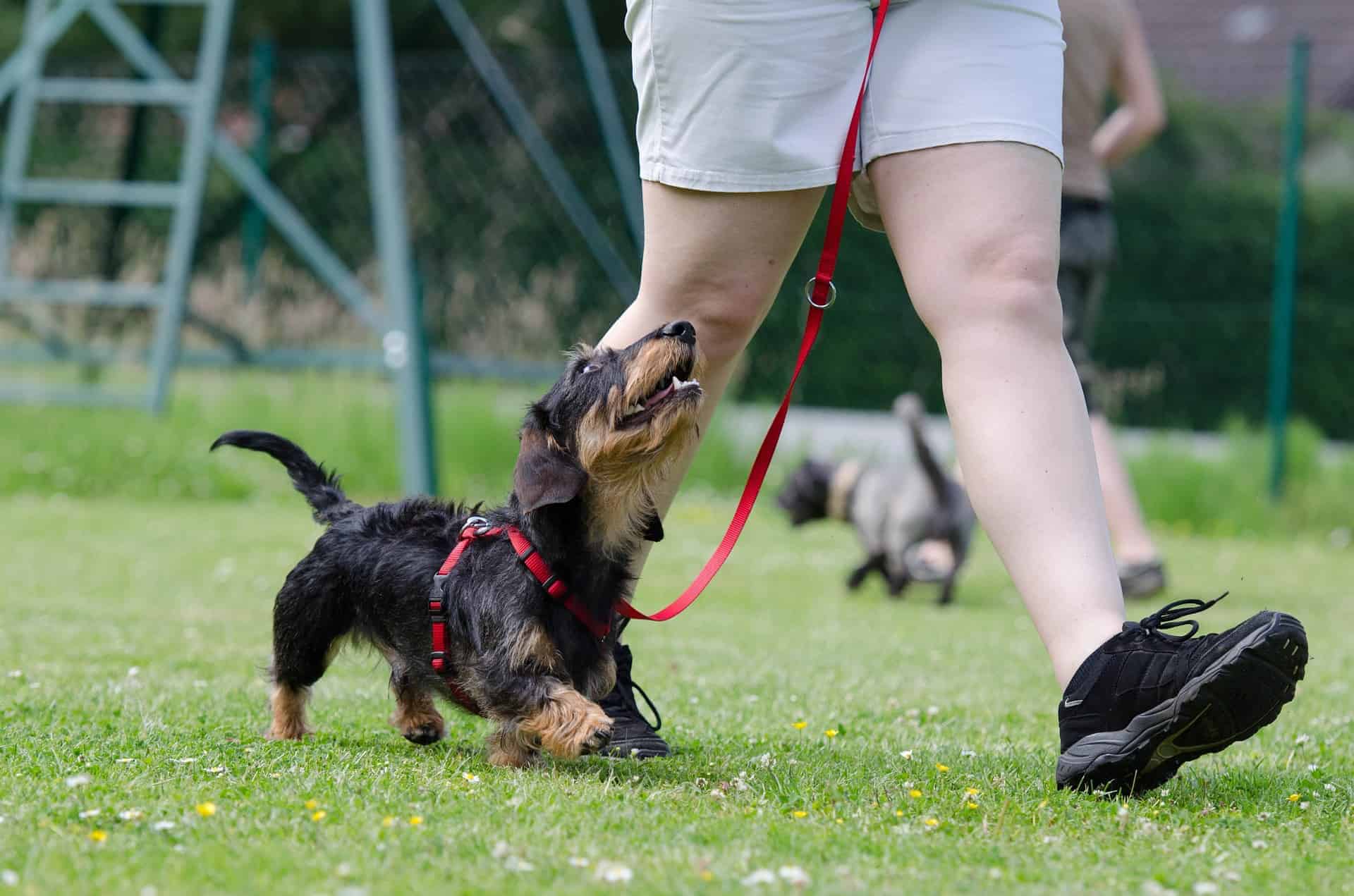How to Make Your Dog a Therapy Dog
It’s becoming common knowledge that your average dog owner experiences better overall health, but did you know there are even “Super Dogs” out there who work as therapy dogs?
These dogs work to provide awesome health boosting benefits to the general public.
Wait, what exactly does a therapy dog do again?
Therapy dogs provide psychiatric and/or physiological therapy to people other than their owners.
Naturally, these dogs are often the epitome of friendly and cuddly and provide therapy in the forms of affection, comfort and love.
These dogs often visit hospitals, schools, daycares, hospice centers, rehab centers, nursing homes, prisons, disaster sites, and more. While some therapy dogs “work” at a specific location such as at a psychotherapy practice, or in a children’s hospital, others visit different places.
Think your dog would be awesome at being a therapy dog? Great!
But first things first. There are some requirements to becoming a therapy dog.
Therapy dog temperament

The most important requirement is that your dog needs the right temperament to be a therapy dog. A therapy dog must be friendly, even tempered, calm, gentle, confident, and reliable in new environments and around all different types of people.
First, they must be comfortable being pet, kissed and hugged. Therapy dogs often work with people who have problems with motor or muscle control. This means they need to be comfortable with occasional rough petting, strange movements and being pet everywhere, including their face, feet, and tail.
Next, therapy dogs also need nerves of steel (and awesome training) that allows them to be tolerant of strange things and loud noises. Quick recovery is essential when a dog is caught off guard.
Some items that therapy dogs need to get used to are things like crutches, wheelchairs, scooters or loud noises such as sirens, screaming or loud crying.
Finally, due to the nature of the job, therapy dogs will also encounter many different types of people. These dogs must be comfortable being approached and handled by people of who look and act different than their owners.
Some of the differences they may encounter are:
- Race
- Sex
- Height
- Weight
- Age
- Mobility (babies, using wheelchairs, canes., bedridden)
- Wearing different hair styles
- Wearing different fashion sense (glasses, hats, baggy clothes)
Does my dog need to be a specific breed to be a therapy dog?

No! While there are certain breeds that excel in therapy work, a therapy dog can be any breed, as long as the temperament is sound.
Here is a list of 9 breeds that do well in therapy work.
- Golden retriever
- Labrador retriever
- Cavalier King Charles spaniel
- Greyhound
- Poodles (all sizes)
- Corgis
- Beagles
- Saint Bernards
- Bichon Frise
Do dogs need training to be therapy dogs?
Anyone can train a therapy dog! While the path to becoming a therapy dog can vary depending on your state, and what the program you enter requires, there are typically common requirements.
Here are the most common requirements:
- Must be at least one year old
- Pass the CGC test
- Must be up to date on all vaccinations
- Receive a certificate of health clearance from a vet
- Be accepted into a therapy dog program or organization
- Undergo any further specific testing or training that program may require
Even though this is a fairly standard way to becoming a therapy dog, not every program will require the CGC before accepting a dog, and not every program will require more training or testing after being accepted.
In general, even if a dog doesn’t need the CGC, the CGC guidelines are a great way to see where your dog is at in the training, and many therapy dog programs base their testing on the CGC as well.
Here are the 10 items the CGC tests on:

- Accepting a friendly stranger
- Sitting politely for petting
- Appearance and grooming
- Walking on a loose lead
- Walking through a crowd
- Sit, down and stay on command
- Come when called
- How the dog reacts to other dogs
- Reaction to distraction
- Supervised separation
Liability Insurance
You should know that you will typically pay a fee when you join a therapy dog program or organization. Part of the reason for the fee, is to cover the price of liability insurance coverage.
It is extremely important that whatever program you register your dog through it has this insurance available to you. This is to provide protection to all parties involved in the rare event that a dog bites or another accident occurs.
Allowing a dog into a setting with children, elderly, disabled individuals and immunocompromised individuals is a high risk and potential liability. Because of this, it is super important that a dog is deemed healthy, has good behavior, and that you have liability insurance protection when you’re taking your dog into any of these settings.
If you want more information, here is a list of 6 national therapy dog organizations to help you start your journey.
These organizations will help you through the process of getting your dog certified! Keep in mind that each of organizations has its own criteria, evaluators, fees and rules.
- Alliance of Therapy Dogs
- Bright and Beautiful Therapy Dogs
- Love on a Leash
- Pet Partners
- Therapy Dogs International
If my dog becomes a therapy dog, does that mean I can bring them everywhere with me?

Despite the thorough training, therapy dogs are NOT service dogs, so they do NOT have public access rights any place where pet dogs are not allowed, except with a direct invitation. Therapy dogs have not been trained to perform a specific job or task, and also provide support to many people versus a disabled individual, so they don’t qualify under the ADA.
